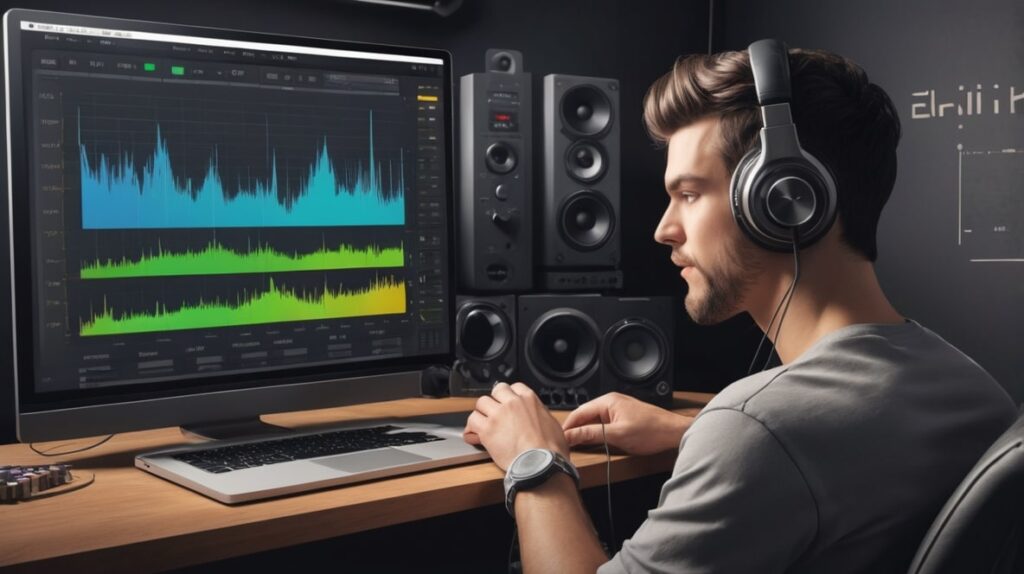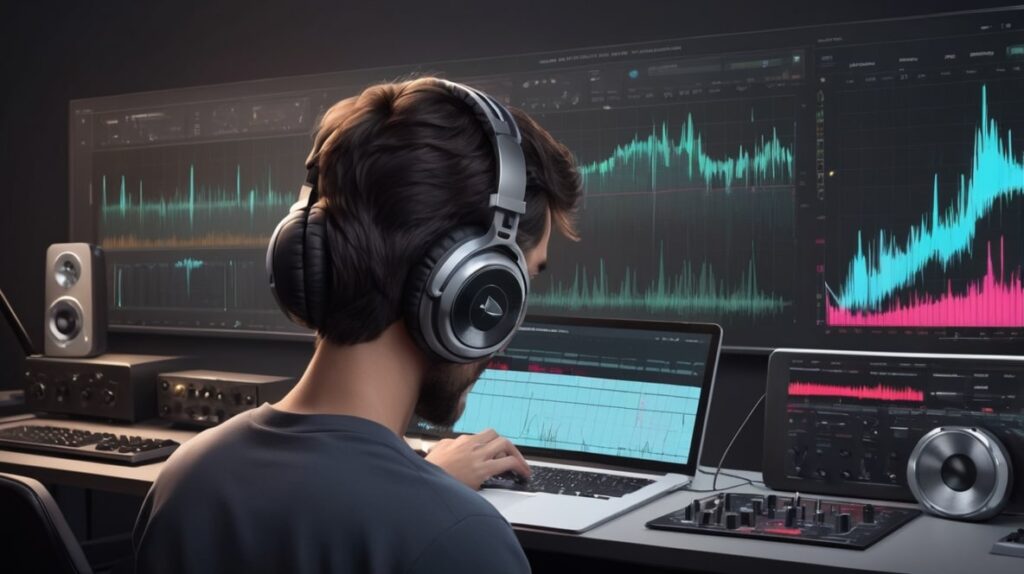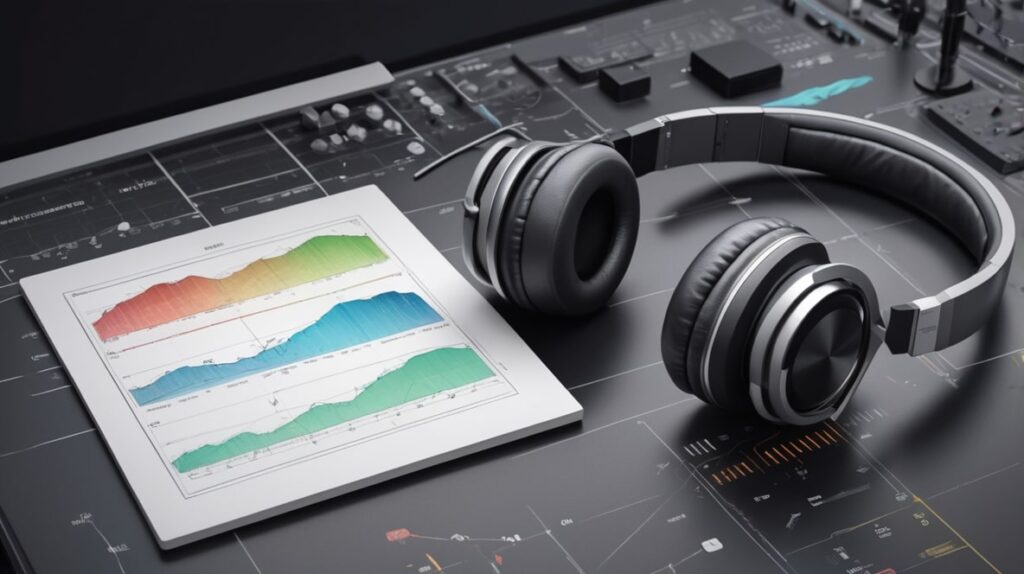Audio & Audio Systems, Blog
How Frequency Response, Impedance, and Sensitivity Shape Your Audio Experience
Table of Contents
ToggleIntroduction
If you’re browsing for new headphones or speakers, you’ve probably encountered terms like frequency response, impedance, and sensitivity. They have audio specs that define sound quality, volume and how well they perform overall. But what do they really mean? Knowing audio specs can guide you when purchasing audio gear. We’ll explain these terms simply and practically in this guide so that you know what to look for to enhance audio experience.
Why Audio Specs Matter
Sound quality isn’t all about brand name or price. The specs of an audio device reveal a lot to you about their performance. From audiophiles to gamers to casual music listeners, audio specs such as frequency response, impedance, and sensitivity are important to understand to ensure you get the best listening experience possible.
Breaking Down the Key Specs
All of these terms relate to significant factors in the performance of headphones or speakers. You can end up with a device that won’t suit your needs without knowing what they mean.”
What These Specs Mean for Your Listening Experience
Understanding frequency response, impedance and sensitivity will help you choose the appropriate audio equipment for different situations. Whether you crave deep bass, crisp highs, or balanced sound, these specs are guideposts for our decisions.
Making an Informed Purchase
At the end of this article, you will know what to consider when it comes to audio specs before you make a purchase. Let’s dive into the details.
What Is Frequency Response?

Get Familiar with Frequency Response and It’s Impact on Sound
Frequency response defines how many frequencies of sound a headphone or speaker can output. Also mentioned in Hz (Hertz), it usually looks like 20Hz – 20kHz, which goes of the entire range of hearing. The lower the number, the deeper the bass, and the higher the number, the sharper the treble.
Importance of Frequency Response
A broader frequency range doesn’t automatically equate to a better sound. The audio device becomes crucially tuned. Studio monitors, for instance, have a flat frequency response that introduces the music accurately, whereas consumer headphones often have bass or treble boosts to be more engaging.
What Is Impedance?
What is Impedance and How it Affects Audio Devices
Impedance, measured in ohms (Ω), defines the power consumption of your headphones or speakers. Low-impedance headphones (under 32Ω) are best suited for smartphones and laptops, while high-impedance (over 100Ω) headphones require an amplifier to perform well.
Various Impedance: Selecting the Optimal Resistance for Your Device
Low Impedance (16-32Ω) – Perfect for portable gear and casual listening
Medium Impedance (32-100Ω) – Best matched with most high-quality audio interfaces.
High Impedance (100Ω+) – Needs an amplifier to achieve the best performance.

What Is Sensitivity?
Sensitivity: How It Effect Volume
Sensitivity, measured in decibels per milliwatt (dB/mW), shows how loud a headphone can get for a given signal input. Greater sensitivity allows a speaker to produce louder audio at lower power levels.
Although these features allow you to manage your data usage more effectively by informing you how much bandwidth you are consuming, all they are is machinery that allows you to track your data usage—nothing machine will tell you how sensitive your data is.
Low Sensitivity (Less than 85 dB/mW) – Needs more juice; preferable for pro audio gadgets
Medium Sensitivity (85–100 dB/mW) – A good choice for phones, giving a decent sound in return for their efficiency.
High Sensitivity (100+ dB/mW) – More sound for less power; good for mobile devices.
Wrapping up: Understanding Audio Specs

You need to know about frequency response, impedance, and sensitivity, in order to pick the right pair of headphones or speakers. All of these specs influence sound quality in different ways. Prior to buying, think about what’s most important to you—as far as balanced sound, high volume or compatibility with your devices. With this understanding, then you will be able to choose the right music equipment that will work for you.


